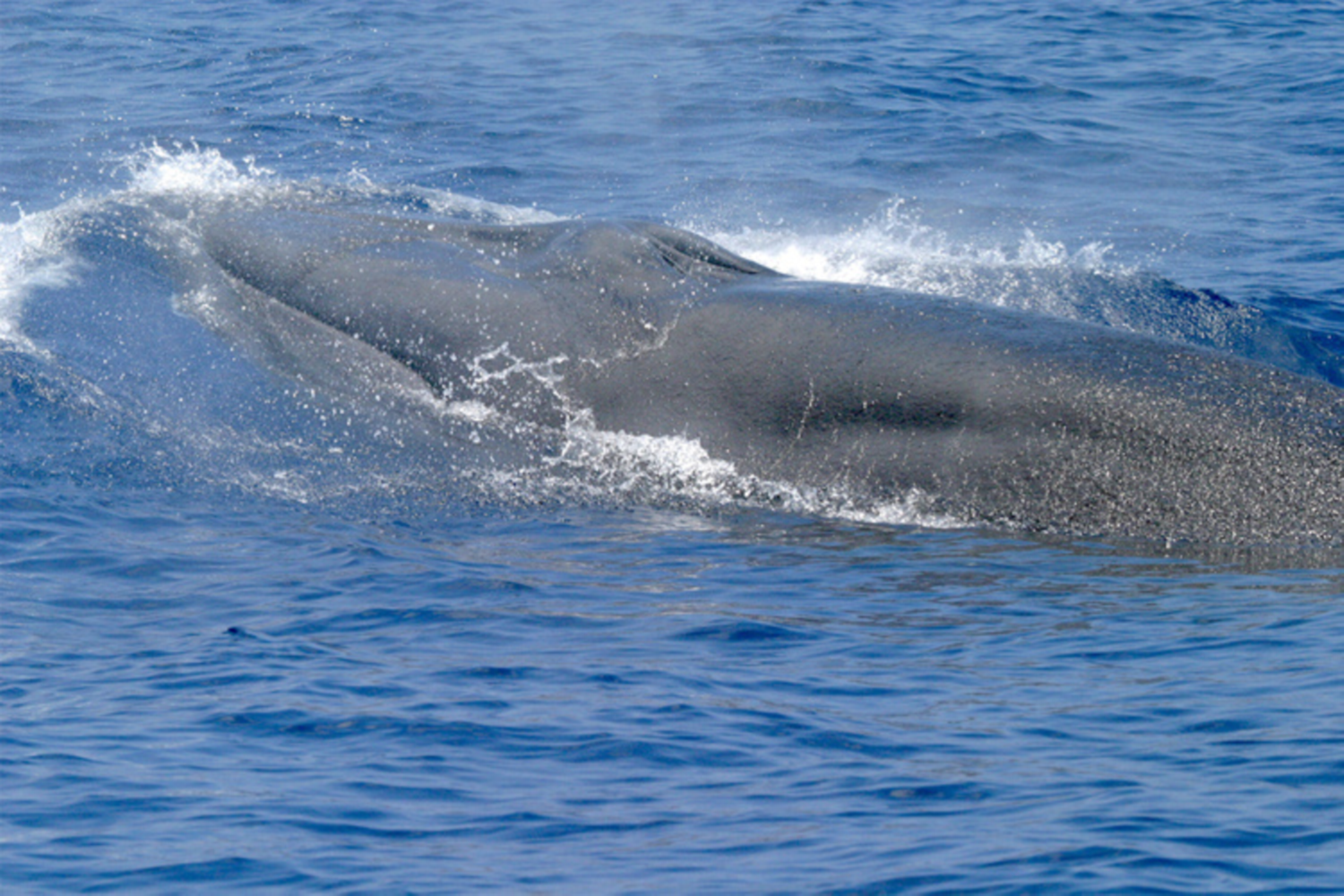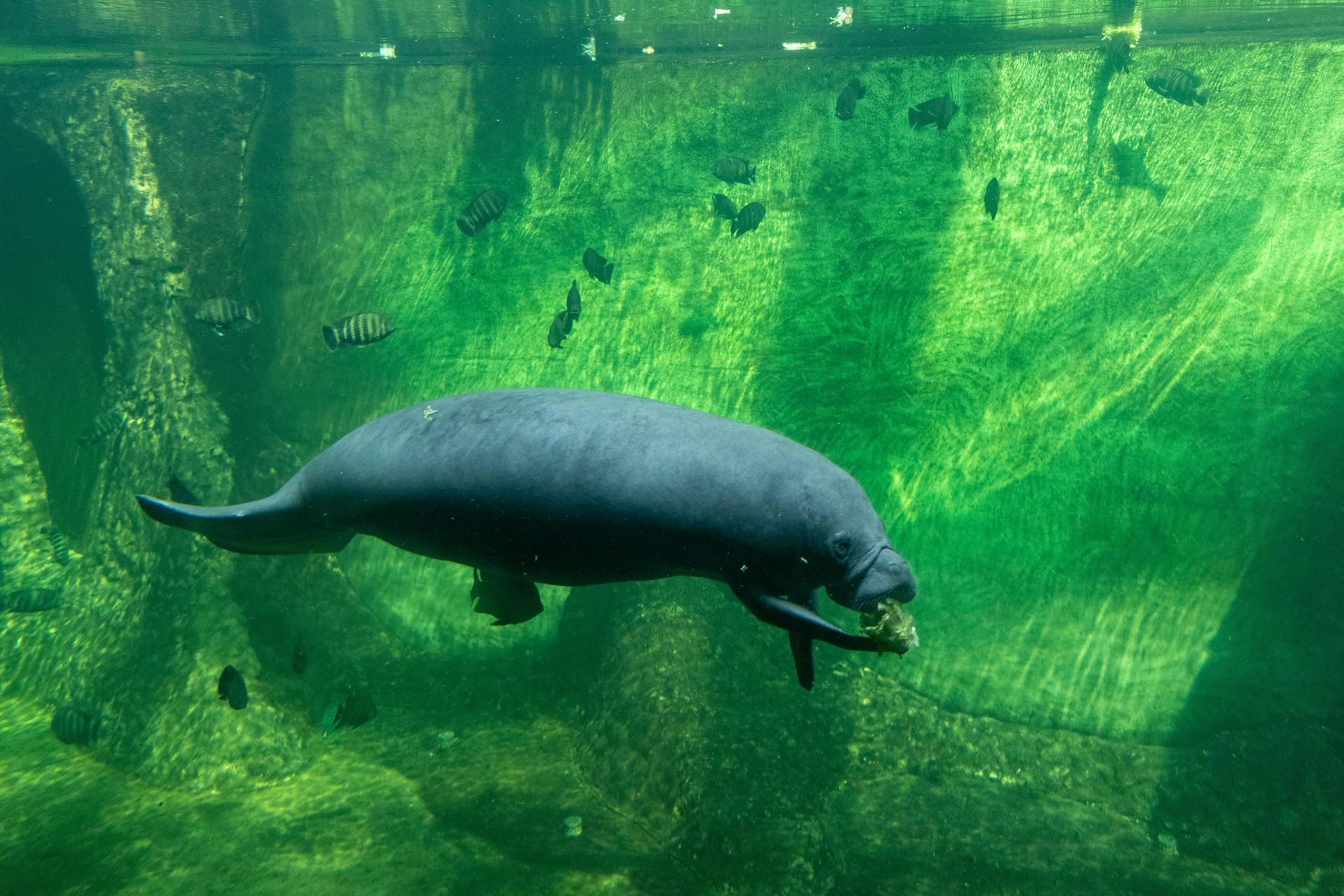Gulf of Mexico Rice Whale video 30 miles south of Pensacola
Rare Glimpse into the Life of the Critically Endangered Rice's Whale

(Video is below the article.)
Orange Beach, Ala. - (OBA) - The Rice's Whale (Balaenoptera ricei), one of the most critically endangered whale species in the world, was recently spotted just 30 miles south of Pensacola, and about 35 miles southeast of Orange Beach. This sighting was made by Dr. Ben Renfroe, a neurologist who was fishing in the Gulf south of Pensacola. The average size of a rice whale is just over 40 feet long. This event was a rare occurrence, as these elusive creatures are seldom seen.
Originally thought to be a subspecies of the Byrde’s Whale, the first scientific survey to identify the Gulf population of Rice’s Whales was in 1991.
According to an article on Wikipedia, the Rices Whale was officially identified as a new species in 2019. This was achieved through the use of genetic analysis, physical characteristics of whale specimens found dead in the Gulf of Mexico, and acoustic recordings from deep-water undersea microphones. This species was originally thought to be a subspecies of the Bryde's Whale, but genetic and skeletal studies found it to be a distinct species by 2021. The Rice Whale is the only whale species found solely in the Gulf of Mexico.
Named after the American marine biologist Dale Rice, the Rice's Whale is a filter feeder that can grow up to 42 feet long, making it one of the world's largest whale species. Despite its size, it is extremely endangered, with estimates putting the population at less than 100, and some estimates going as low as 30 or even 16 mature individuals.
Rice's Whales are known to spend most of their time swimming at depths of 150 to 410 meters, feeding at or near the seafloor. Their diet remains largely unknown, but lanternfish and hatchet fish are suspected prey. These whales do not migrate and remain within the northeastern part of the Gulf of Mexico year-round, inhabiting a restricted stretch along the continental slope of the DeSoto Canyon.
Unfortunately, the Rice's Whale faces numerous threats that have contributed to its critically endangered status. These include ship collisions, which can occur when the whales surface to breathe, and oil pollution. The 2010 Deepwater Horizon oil spill alone is thought to have killed nearly twenty percent of the species' population. Industrial and commercial activities within their habitat, such as seismic surveys and vessel traffic, also pose significant risks to these creatures.
The sighting underscores the importance of preserving and protecting this unique whale species, a hidden giant residing solely in the depths of the Gulf of Mexico.
Rare video of Rice's Whale in the Gulf of Mexico by Dr. Ben Renfroe.

Share this article w/ Friends...











